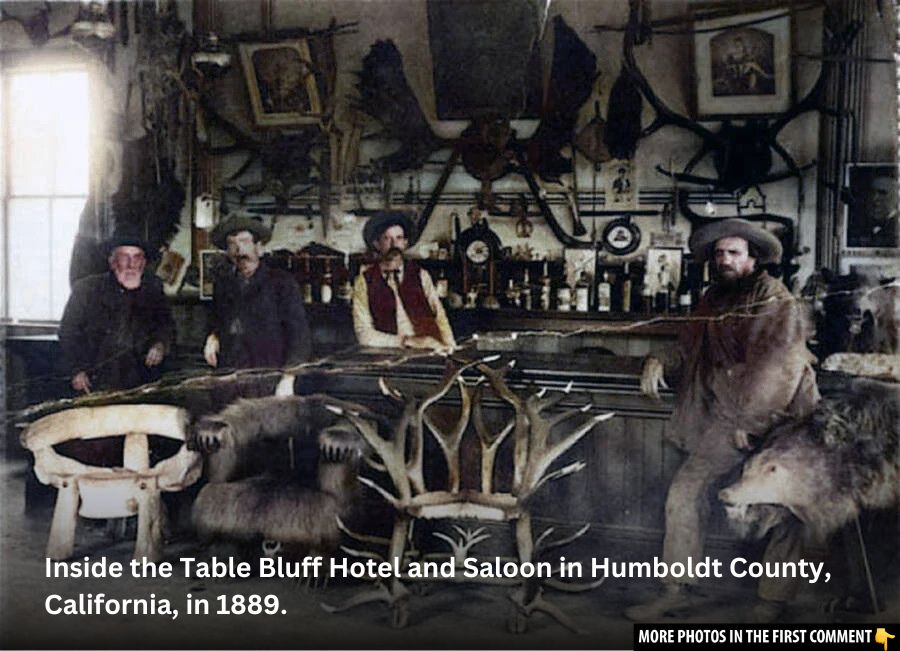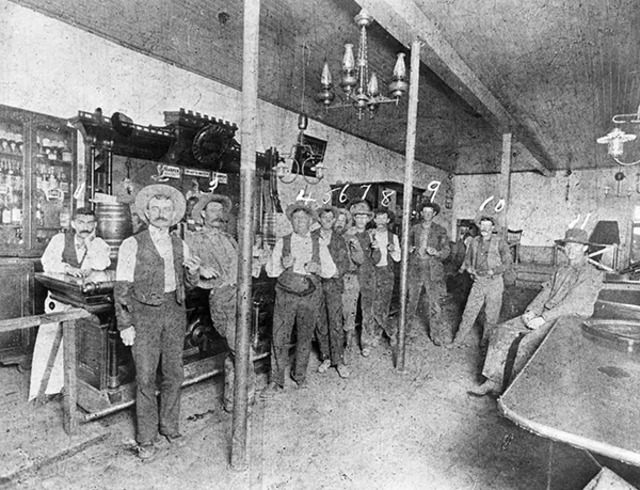The Old West is a period steeped in myths, legends, and rugged individualism, and one of the most iconic images of this time is that of the Wild West saloon. These establishments were not just places to grab a drink, but rather the heartbeat of frontier towns, where cowboys, miners, outlaws, and gamblers came together to drink, gamble, and socialize. Saloons played a crucial role in shaping the social landscape of the American frontier, becoming the sites of both celebration and conflict. Through the lens of history and photography, we can glimpse into these vibrant watering holes and uncover stories that defined the Wild West.
The Birth and Rise of Saloons
The first saloon, located in Brown’s Hole, Wyoming in 1822, catered to fur trappers who needed a place to rest and drink after long days in the wild. Over time, as settlements grew and towns flourished, saloons became more than just a stop for weary travelers. By 1880, the frontier was teeming with saloons—Leavenworth, Kansas alone had about 150 saloons.
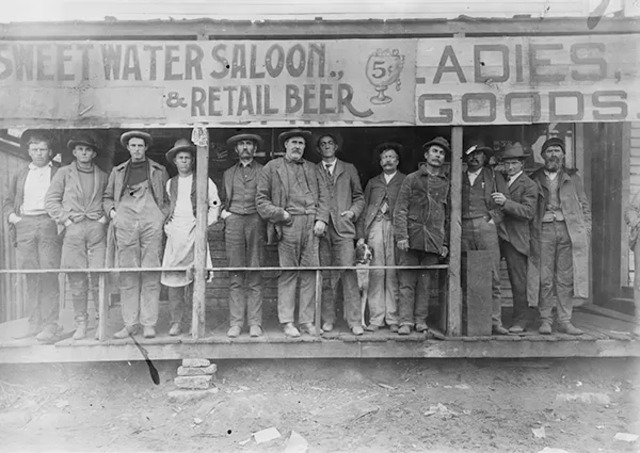
They were built quickly to meet the demands of expanding towns and the bustling activities of miners, cowboys, soldiers, and businessmen. These early saloons were basic wooden structures with minimal decoration and little in the way of comfort. Some were just tents or makeshift shacks, but over the years, they evolved into more elaborate establishments that reflected the wealth of the town or the ambitions of the owners.
Video
Watch this video to discover what Wild West saloons were really like!
Design and Atmosphere of the Old West Saloons
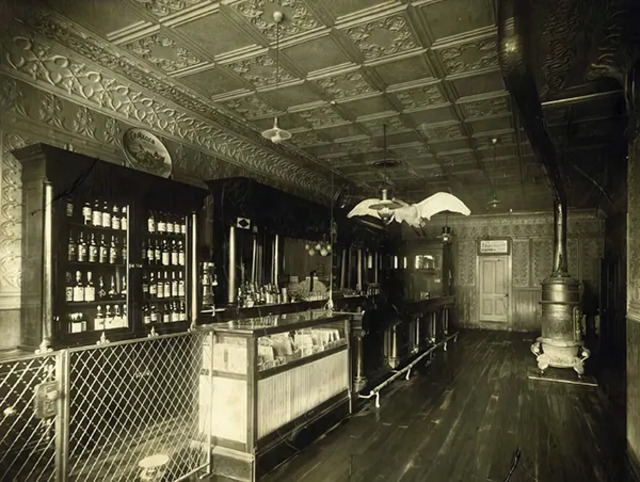
A saloon’s design was typically simple but functional. One of the most iconic features of saloons was the batwing doors, which allowed easy entry and exit while also providing a bit of spectacle for anyone passing by. These doors were designed to swing both ways, often made of wood with a hinge that made them easy to push open.
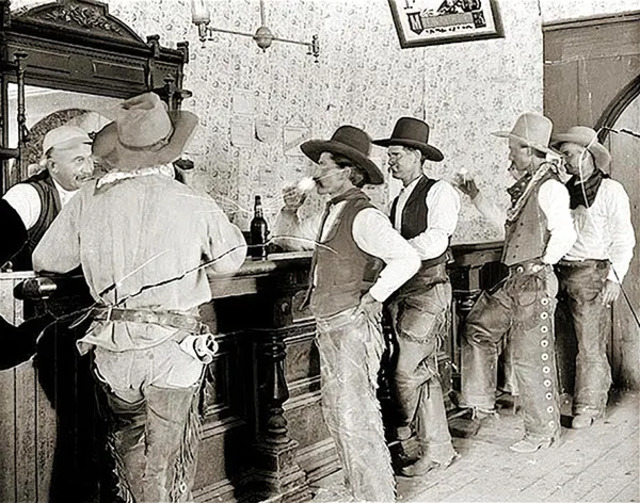
While the early saloons may have been quite basic—furnished with just a few wooden tables, chairs, and a wood-burning stove for warmth—the later versions were much grander. As towns grew, the saloons reflected their economic success, with ornate bars, glass mirrors, and polished wood that were a far cry from their humble beginnings. Still, many saloons maintained a rough and ready feel, which reflected the grit of life on the frontier.
Saloons as Social and Entertainment Hubs
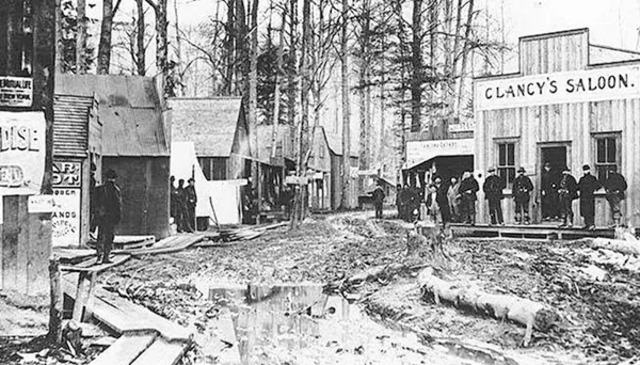
Saloons weren’t just places to drink—they were also central hubs of entertainment. As saloons became more established, they began to offer more than just liquor. Gambling was a major attraction, with games like Faro, poker, and three-card monte drawing in regulars eager to win—or lose—money. These games, along with billiards, darts, and even bowling, made the saloon a place to relax and unwind. The music and dancing were essential to the social atmosphere, with piano players serenading patrons while can-can dancers performed. These performances added flair to the saloon experience, and some establishments even featured small theater shows to keep customers entertained.
Drinks, Alcohol, and Early Brewing
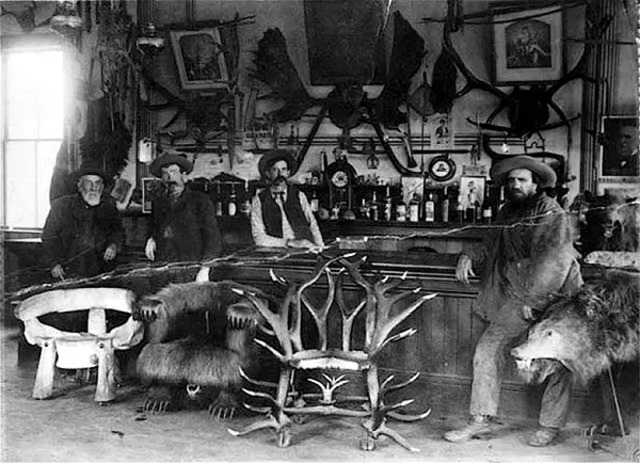
The drinks served in saloons were as varied as the clientele. Early on, homemade whiskey was the drink of choice, often made from raw alcohol, burnt sugar, and chewing tobacco. There was no refrigeration, so beer was usually served at room temperature. It wasn’t until the 1880s when Adolphus Busch of Budweiser fame introduced refrigeration and pasteurization to beer, making cold beer available in saloons. This was a huge step forward, as saloons began to offer better-quality drinks to their customers. These small innovations helped saloons become even more popular, as people could now enjoy a cold drink in the company of friends.
The Dark Side: Vice and Exploitation in Saloons
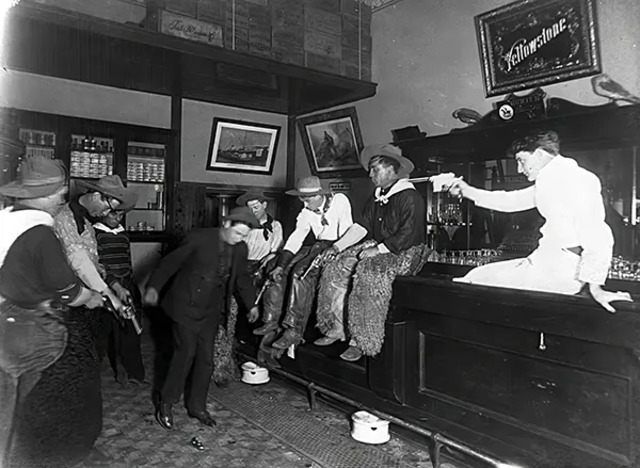
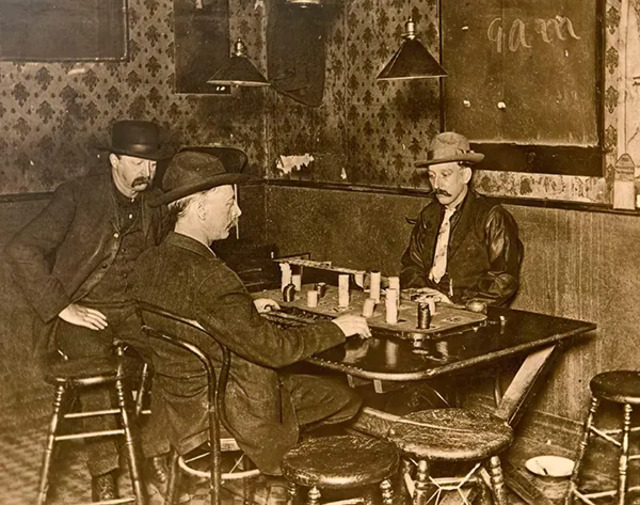
As much as saloons were centers of entertainment and relaxation, they also had a darker side. Many saloons housed brothels and opium dens, which attracted people looking to escape or indulge in vice. While some saloons tried to maintain a “respectable” image, others embraced the illicit activities that came with their status as places of vice.
Women who worked in these establishments were often exploited, and many young women were lured to the West with promises of good wages, only to find themselves trapped in a life of prostitution. The exploitation of women in these saloons reflected the harsh realities of life in the Old West, where survival often depended on making morally questionable decisions.
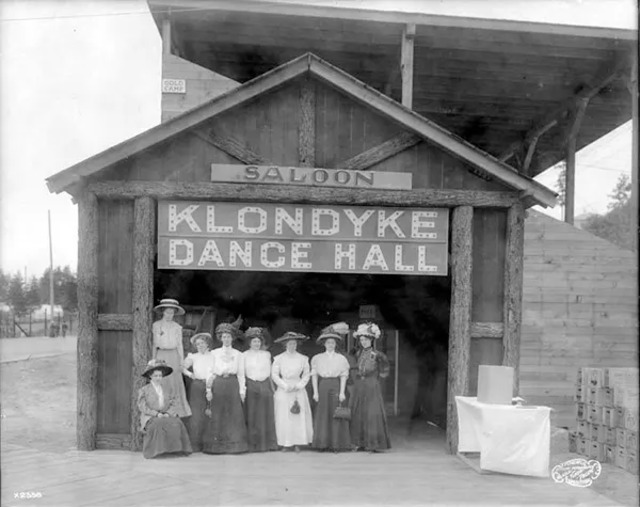
Exclusivity and Social Divides in Saloons
Saloons were not inclusive spaces. By law, Native Americans were excluded from entering many saloons, and Chinese immigrants were often treated with open hostility, sometimes facing violence if they dared to enter. Soldiers were typically not welcome, as they were seen as the enforcers of law and order, which made them unpopular with the more unruly elements that frequented the saloons. Furthermore, racial divides were deeply entrenched in the culture of the Old West, with certain saloons catering to white patrons only. For women, entering a saloon was often not an option unless they were employed as dancers or prostitutes.
Famous Saloons and Their Historical Impact
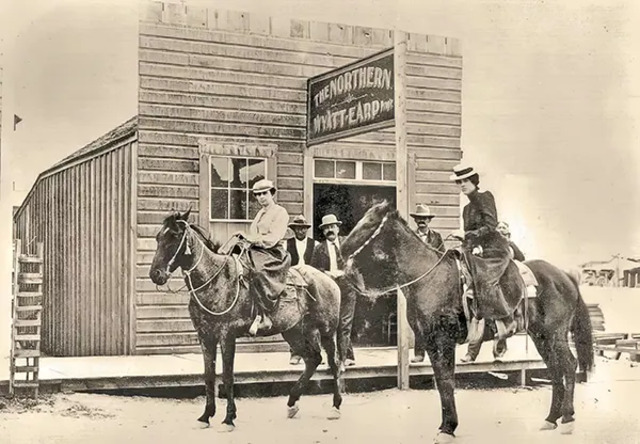
Some saloons went down in history as more than just places to grab a drink. The Northern Saloon in Tonopah, Nevada, for instance, was co-founded by Wyatt Earp, the legendary lawman of the Old West. This establishment became synonymous with Earp’s reputation and was an important cultural site in the West. Many saloons were also known for their role in lawlessness and crime, with gunfights, street brawls, and violent disputes often spilling out onto the streets. These saloons were both notorious and beloved, creating an atmosphere that was a central part of Western culture.
Gallery: A Visual Journey Through Old West Saloons
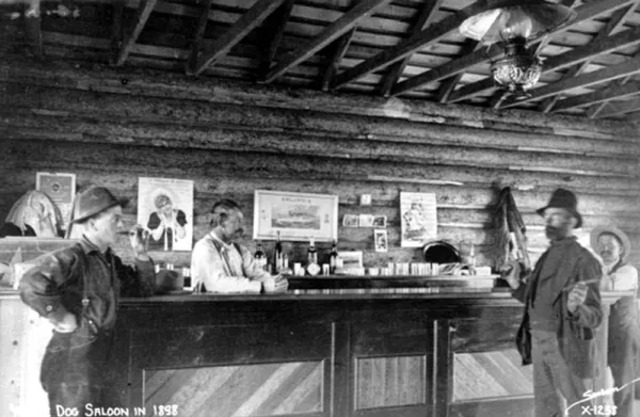
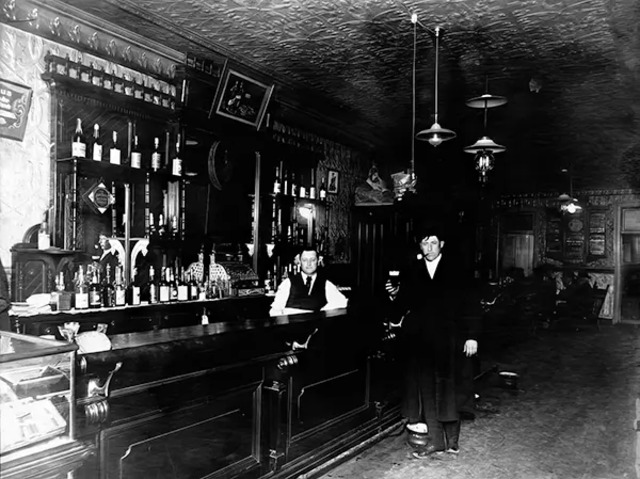
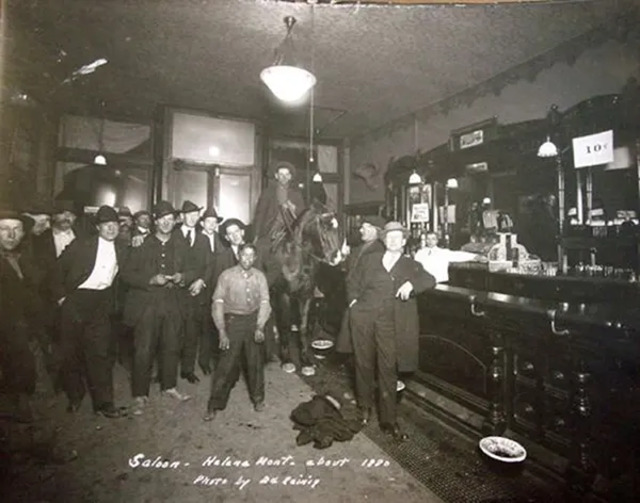
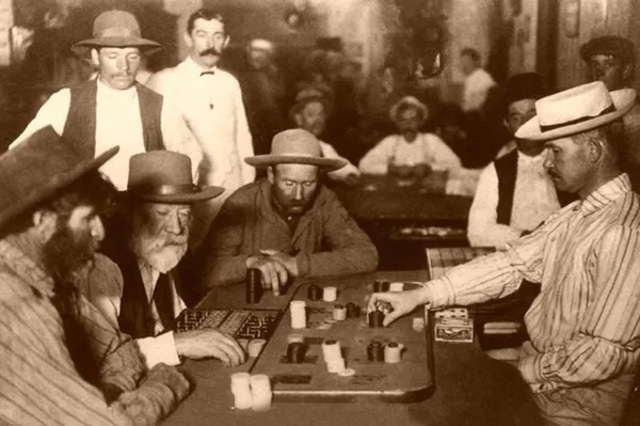
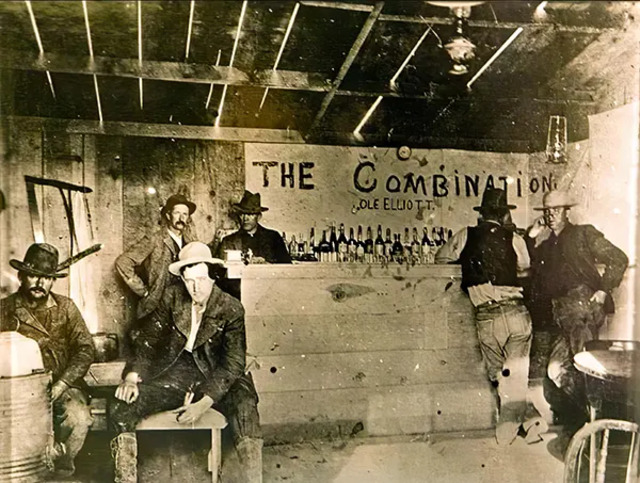

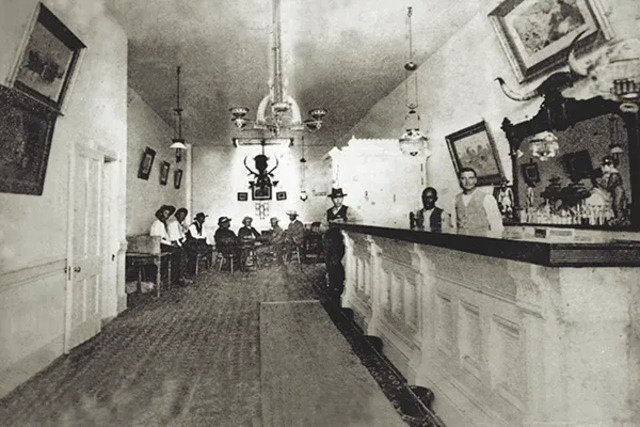
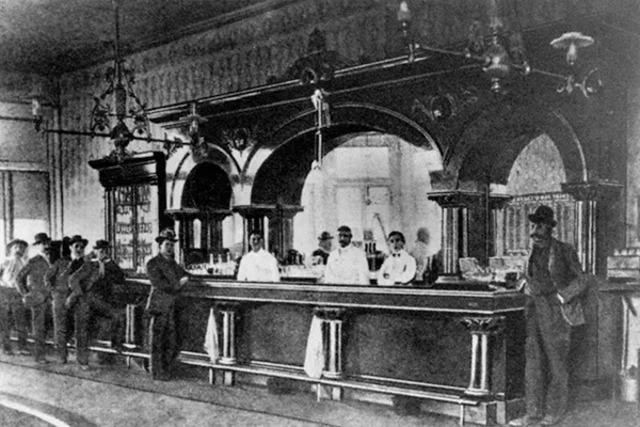
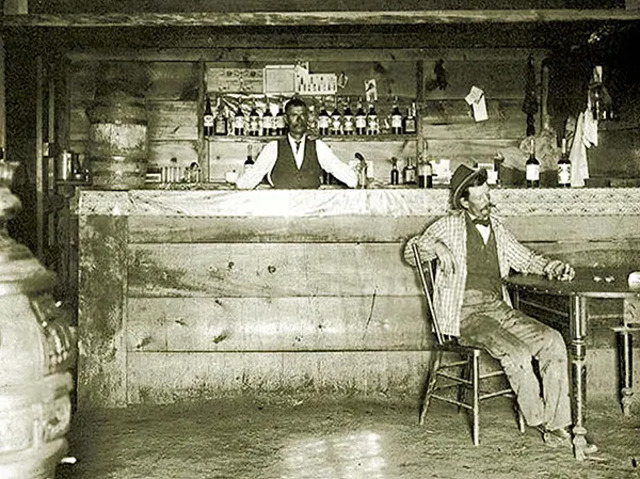
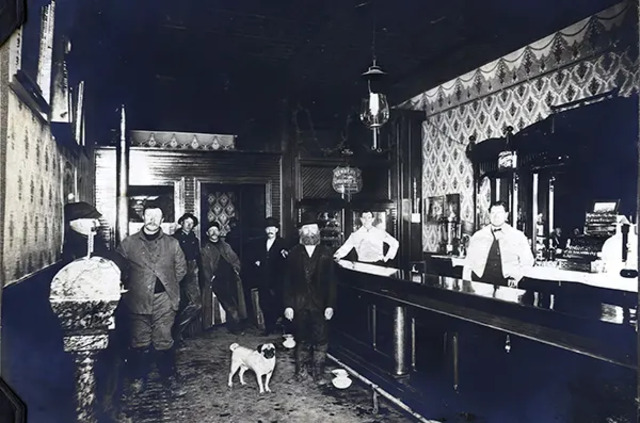
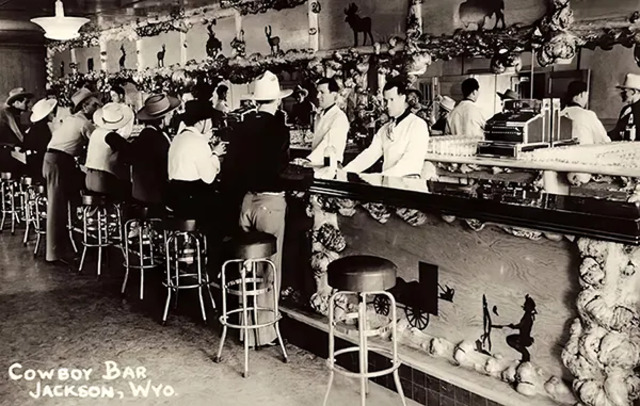
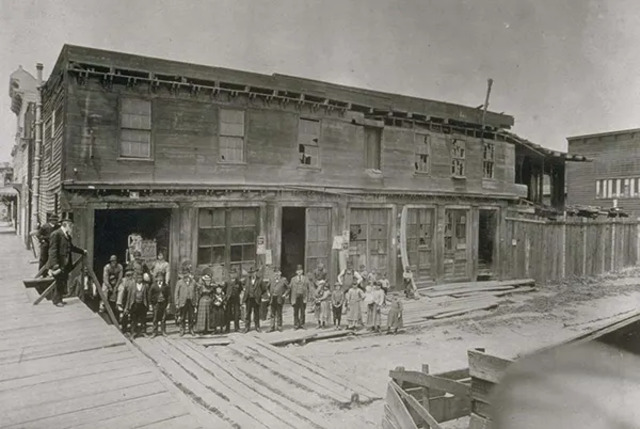
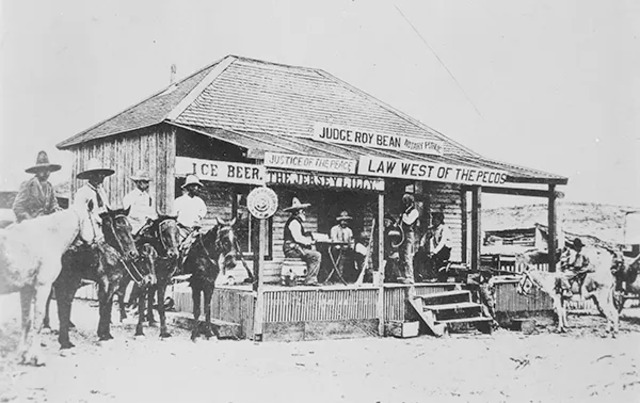
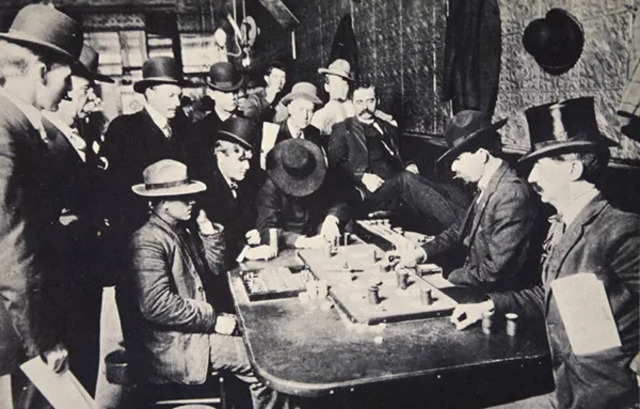
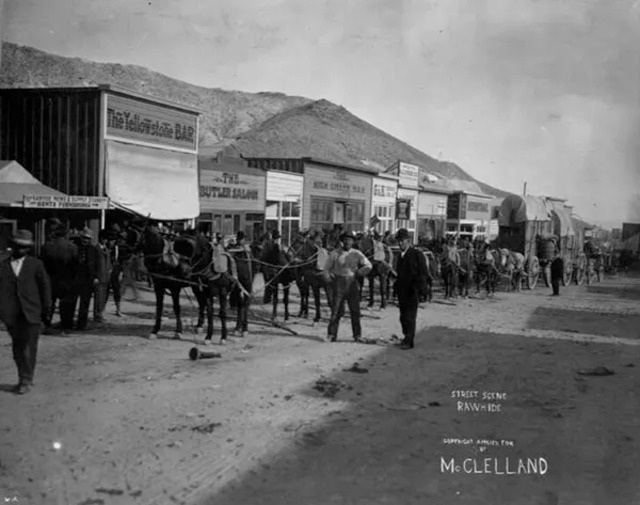
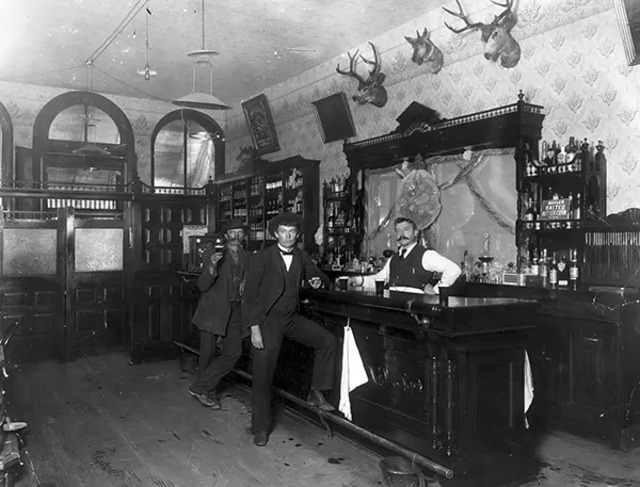
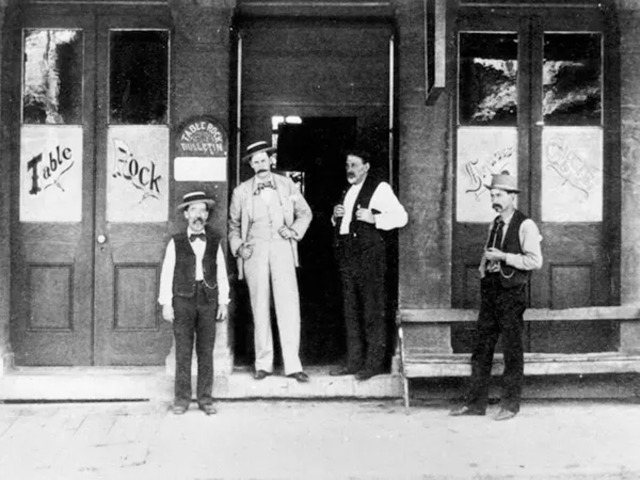
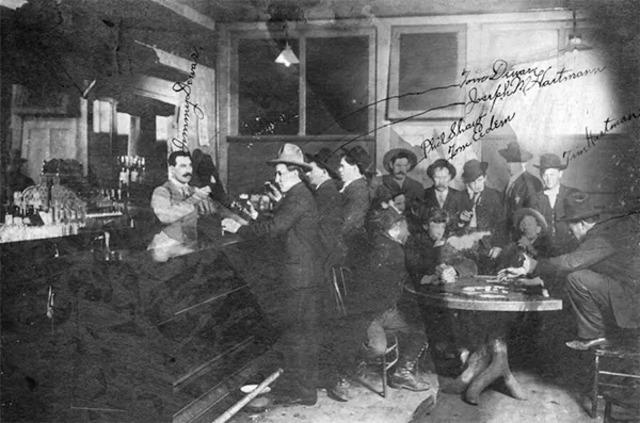
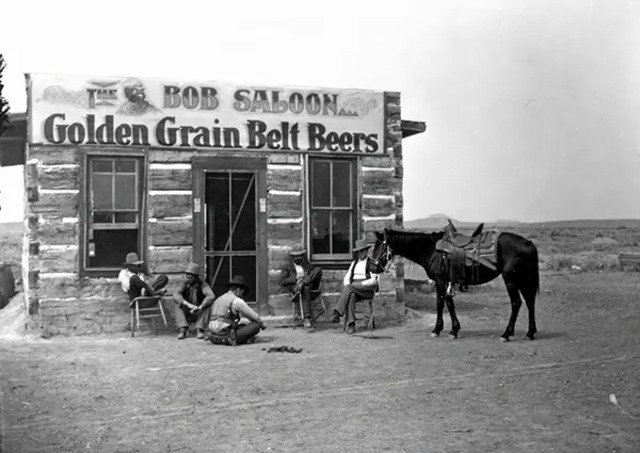
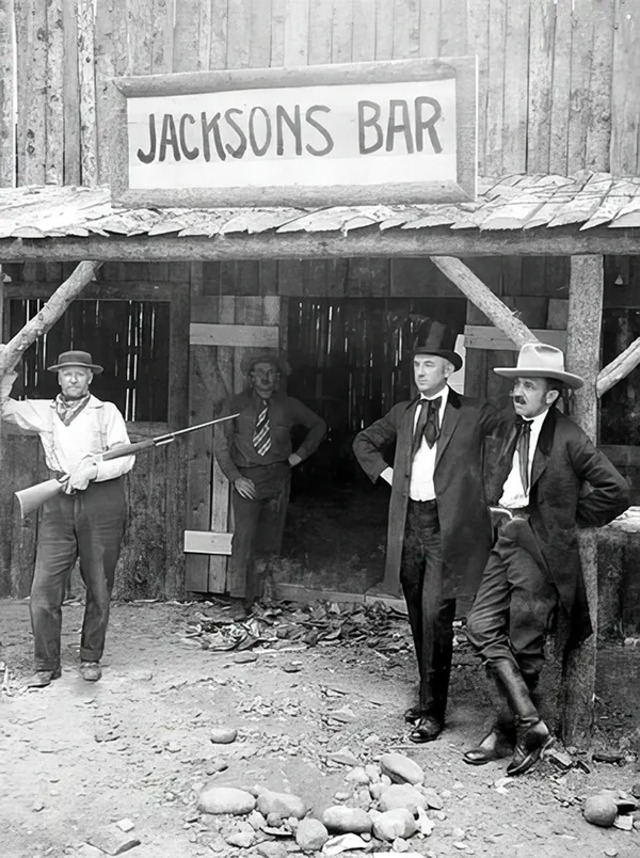
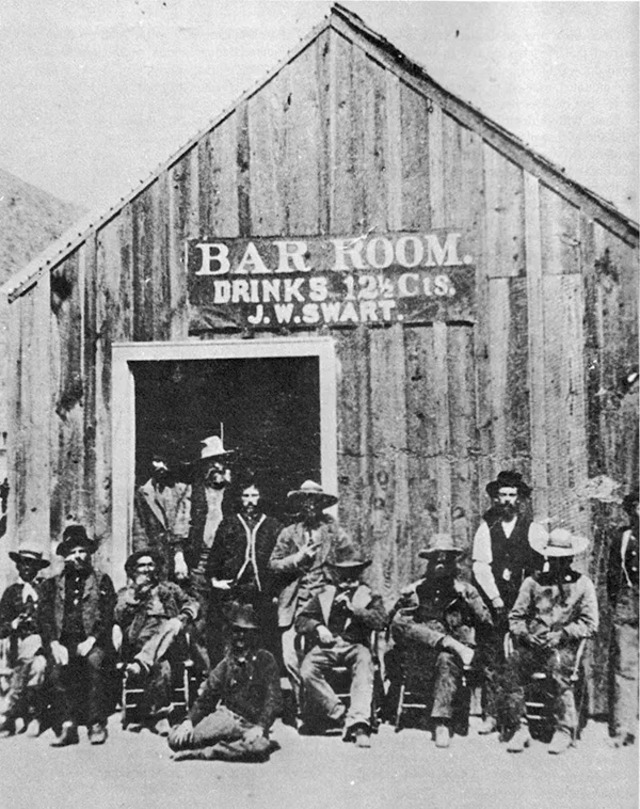
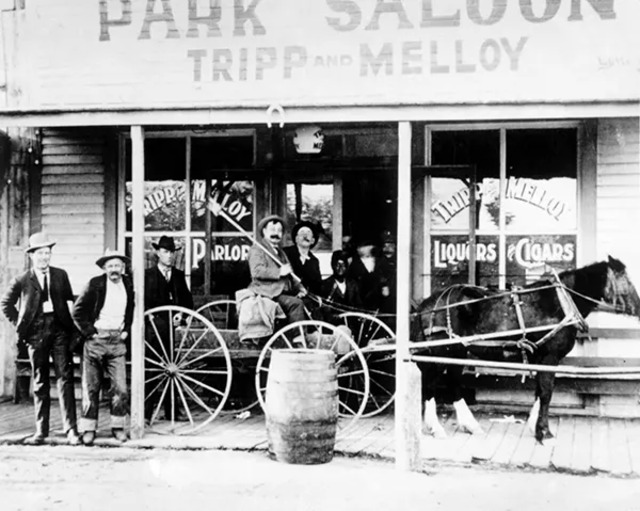
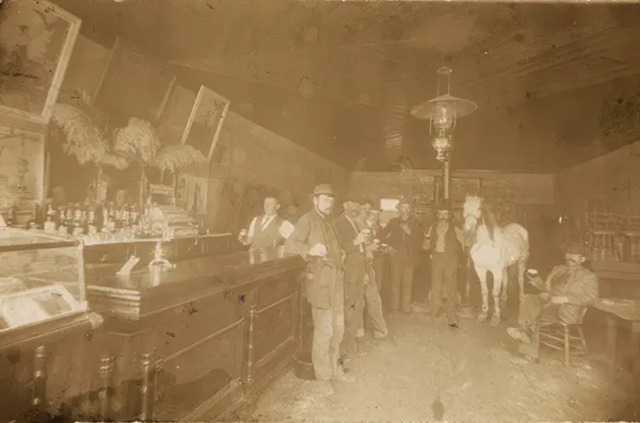
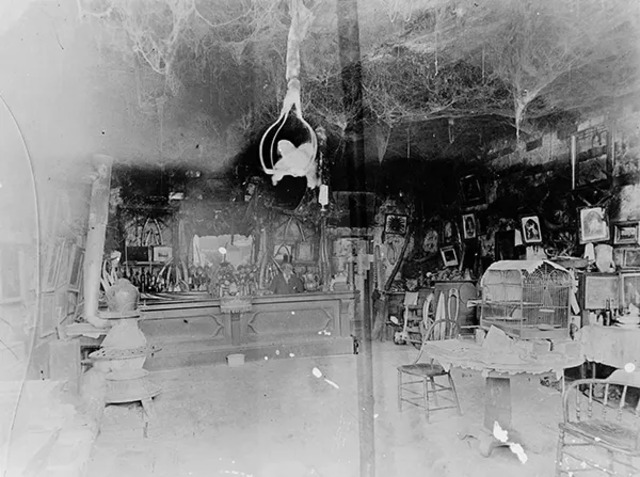
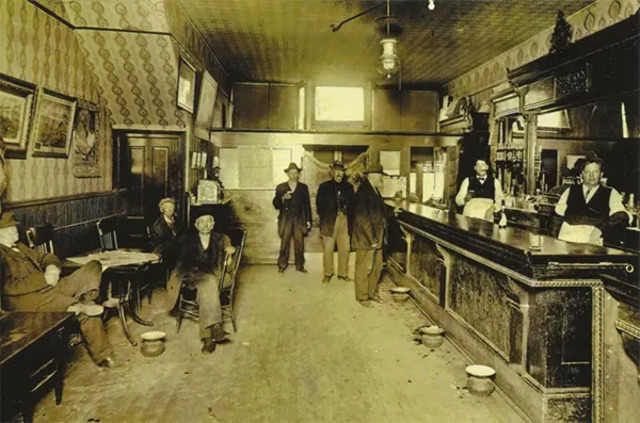
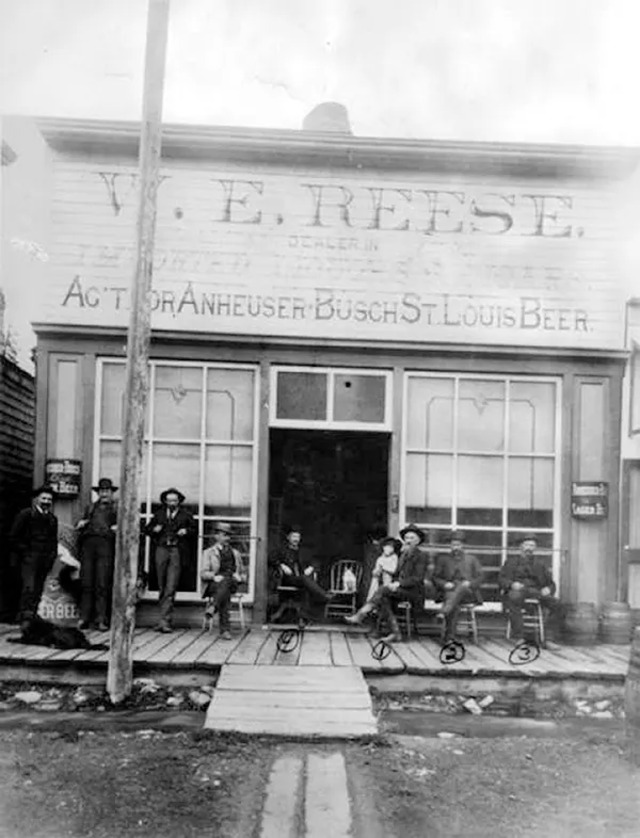
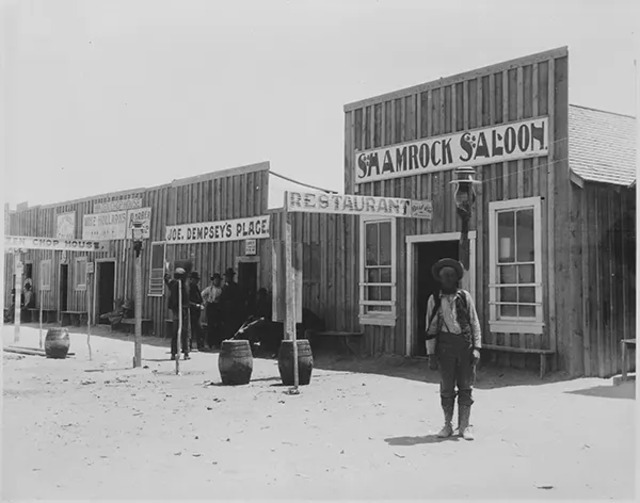
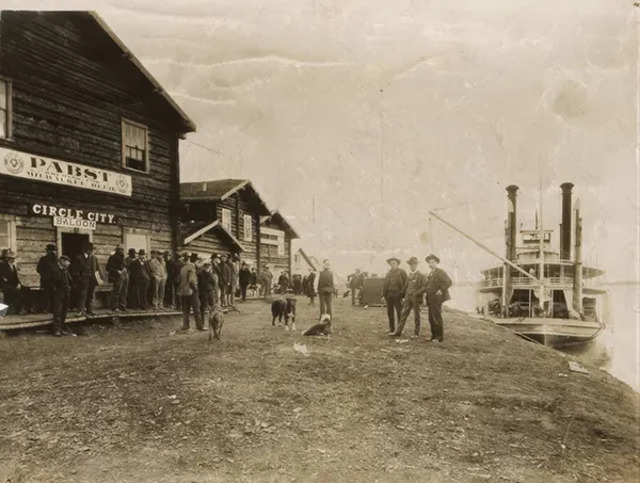
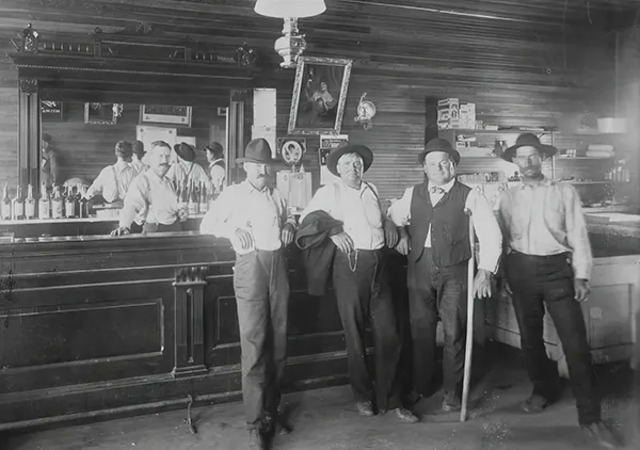
Conclusion: The Enduring Legacy of Wild West Saloons
The Wild West saloon culture continues to capture the imagination of people all over the world. These lively establishments were more than just places to grab a drink; they were vital social hubs where people gathered to gamble, socialize, and escape from the challenges of frontier life. While they were centers of vice, they also represented the entrepreneurial spirit of the Old West. Today, these saloons are remembered through photographs, historical accounts, and Hollywood portrayals, but their legacy remains an integral part of the Wild West mythos. The images of these saloons provide a snapshot of a bygone era, offering a glimpse into the rowdy, vibrant culture that shaped the American frontier.
Video
Watch this video to find out what food was actually served in Wild West saloons!
